-

Survey provides snapshot of harbour’s health
News article10 May 2022Greater Wellington Regional Council regularly assess sediment quality and seafloor community health in the subtidal areas of Te Awarua-o-Porirua (Porirua Harbour) and Te Whanganui-a-Tara (Wellington Harbour). -

Guide explores the benefits of combating marine biofouling
News article10 May 2022NIWA is contributing to an international effort to help developing countries reduce the impact of biofouling on aquatic-based industries and environments. -
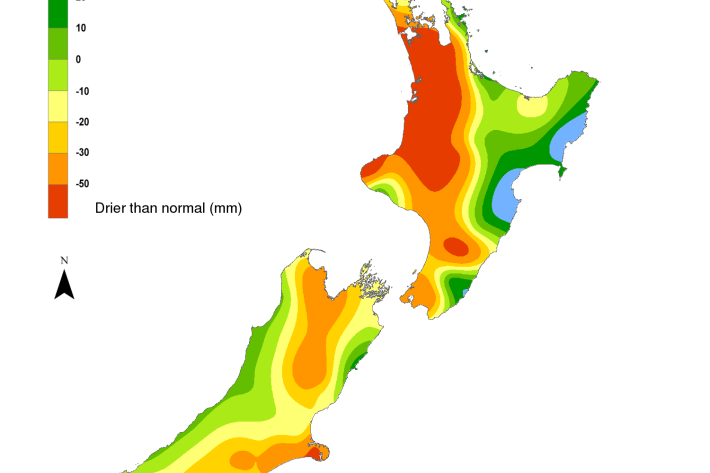
Hotspot Watch 6 May 2022
Hotspot06 May 2022A weekly update describing soil moisture patterns across the country to show where dry to extremely dry conditions are occurring or imminent. Regions experiencing significant soil moisture deficits are deemed “hotspots”. Persistent hotspot regions have the potential to develop into drought. -
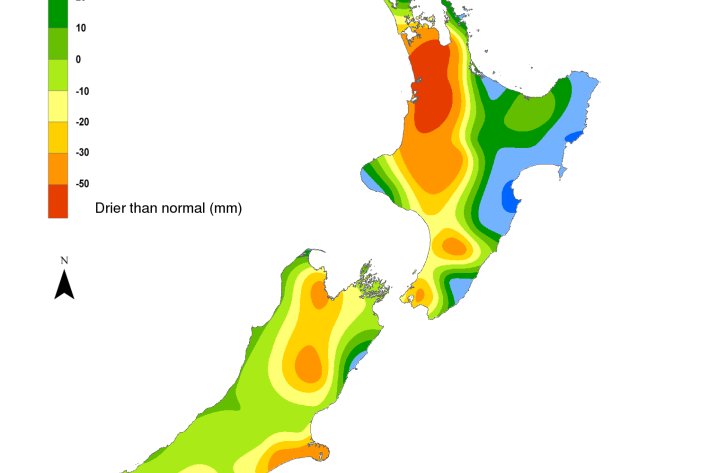
Hotspot Watch 29 April 2022
Hotspot29 April 2022A weekly update describing soil moisture patterns across the country to show where dry to extremely dry conditions are occurring or imminent. Regions experiencing significant soil moisture deficits are deemed “hotspots”. Persistent hotspot regions have the potential to develop into drought. -

Easy access to environmental research data
Media release27 April 2022Identifying unknown organisms, forecasting the weather and understanding the potential impacts of a tsunami. These are all possibilities opened up by a new website that has been built to provide easy access to an enormous range of environmental research data. -
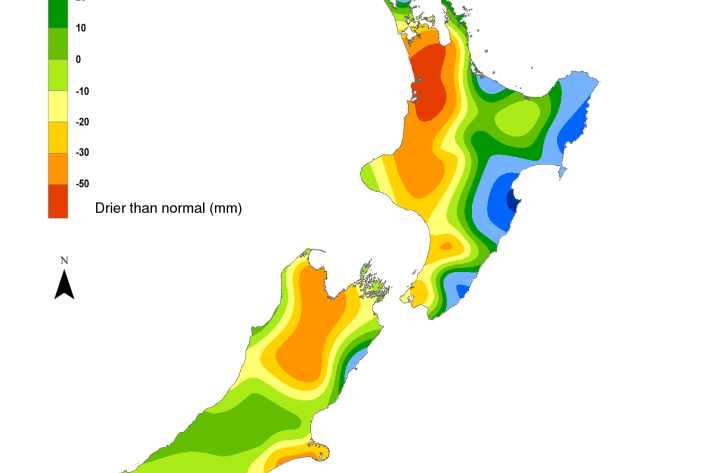
Hotspot Watch 22 April 2022
Hotspot22 April 2022A weekly update describing soil moisture patterns across the country to show where dry to extremely dry conditions are occurring or imminent. Regions experiencing significant soil moisture deficits are deemed “hotspots”. Persistent hotspot regions have the potential to develop into drought. -
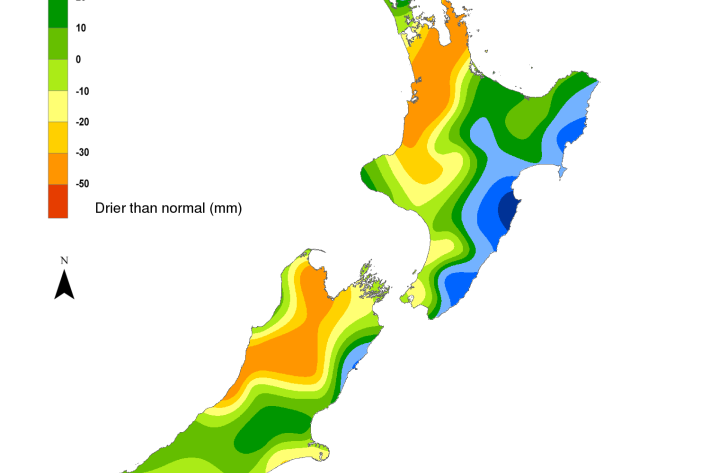
Hotspot Watch 14 April 2022
Hotspot14 April 2022A weekly update describing soil moisture patterns across the country to show where dry to extremely dry conditions are occurring or imminent. Regions experiencing significant soil moisture deficits are deemed “hotspots”. Persistent hotspot regions have the potential to develop into drought. -

Understanding why our giant glaciers disappeared in the past gives clues to the future
Media release13 April 2022Researchers are studying the moraines around Lake Tennyson to work out why and when the glaciers disappeared. -
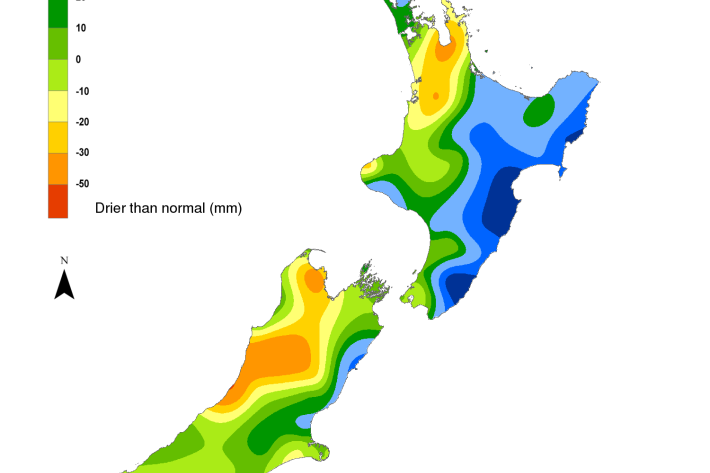
Hotspot Watch 8 April 2022
Hotspot08 April 2022A weekly update describing soil moisture patterns across the country to show where dry to extremely dry conditions are occurring or imminent. Regions experiencing significant soil moisture deficits are deemed “hotspots”. Persistent hotspot regions have the potential to develop into drought. -

NIWA-Nippon Seabed Mapping Project a “rare opportunity” to study effects of Tonga eruption
Media release01 April 2022NIWA and The Nippon Foundation are undertaking a mission to discover the undersea impacts of the recent Tongan volcanic eruption. -

Hotspot Watch 31 March 2022
Hotspot31 March 2022A weekly update describing soil moisture patterns across the country to show where dry to extremely dry conditions are occurring or imminent. Regions experiencing significant soil moisture deficits are deemed “hotspots”. Persistent hotspot regions have the potential to develop into drought. -

Glaciers continue to shrink this year, says NIWA
Media release28 March 2022The annual end-of-summer snowline survey of more than 50 South Island glaciers has revealed continued loss of snow and ice. Last week, scientists from NIWA, Victoria University of Wellington, and Department of Conservation took thousands of aerial photographs of glaciers. Some of them are used to build 3D models that track ice volume changes.
